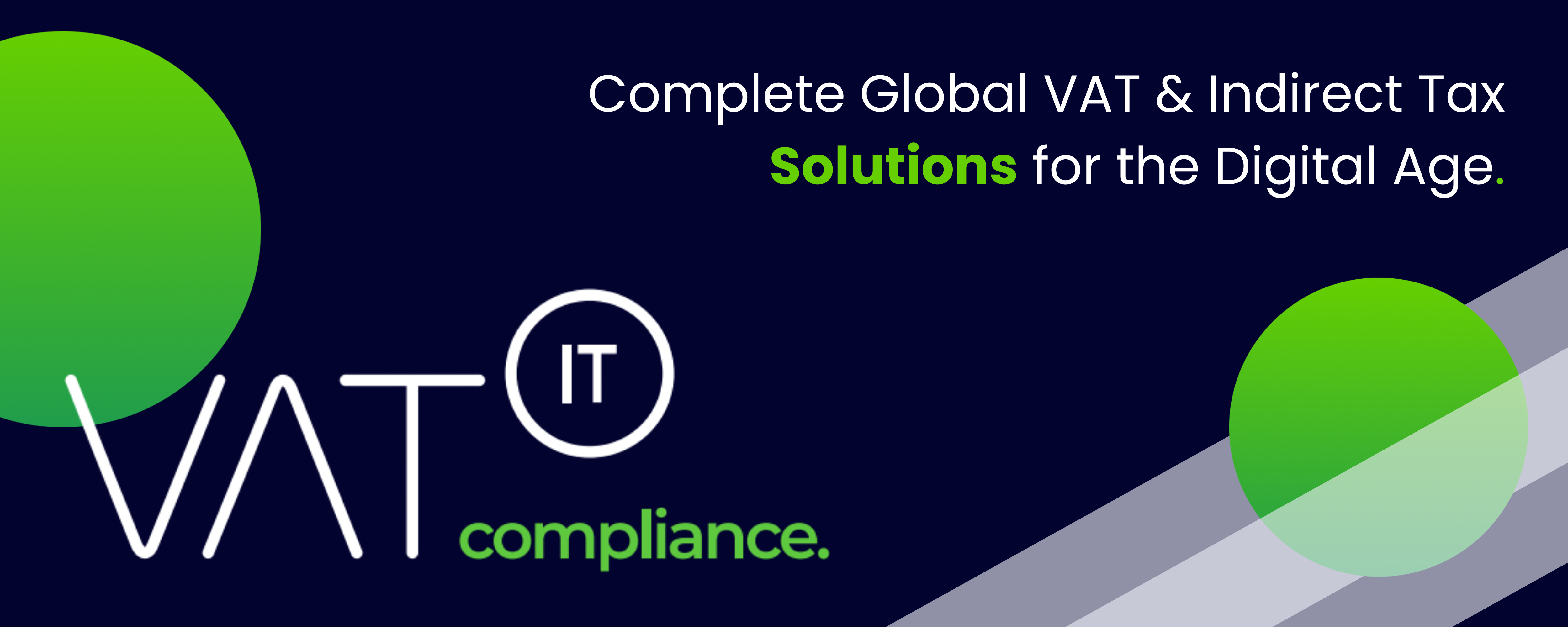- GSTN is refining the return filing process to enhance accuracy and minimize errors
- Hard-locking of auto-populated liabilities in GSTR-3B is being implemented to ensure data consistency and simplify compliance
- Taxpayers will no longer be able to manually adjust these liabilities
- The implementation of this change has been deferred due to feedback from businesses
- Taxpayers should prepare by ensuring accurate GSTR-1 and GSTR-1A submissions
- Hard-locking will enhance accuracy, reduce errors, and improve compliance
- GSTN plans to restrict manual adjustments for Input Tax Credit in GSTR-3B in the future
- Taxpayers should manage ITC using the Invoice Management System features
- To prepare for upcoming changes, verify outward supplies, manage inward supplies effectively, and train tax teams
- Businesses should align their processes and prepare for a more structured GST return filing system.
Source: rmpsco.com
Note that this post was (partially) written with the help of AI. It is always useful to review the original source material, and where needed to obtain (local) advice from a specialist.
Latest Posts in "India"
- Supreme Court: VAT Credit Cannot Be Denied Due to Supplier’s Tax Default
- Trickiest countries in which to achieve compliance
- India announces changes in the Invoice Management System
- GST: India’s Grand Federal Bargain Becomes Imperfect Political Compromise After Eight Years
- GST 2.0 Boosts Bengal’s Economy with Rate Cuts on Local Goods and Industries















